-
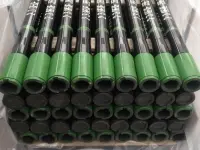
A pup joint is a short section of pipe used in the oil and gas industry, specifically in drilling and completion operations. It is typically used to adjust the length of the drill string, casing, or tubing to ensure the proper alignment or fit in the wellbore.
-
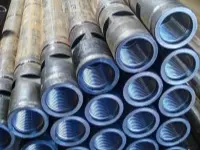
A drill pipe is a steel pipe with a threaded end, designed to connect the surface equipment of a drilling rig with the drilling and grinding apparatus or bottom-hole device at the well's bottom. Drill pipes are typically made from seamless tubes or welded pipes. Their primary functions include transporting drilling mud to the drill bit and facilitating the movement (raising, lowering, or rotating) of the bottom-hole device in conjunction with the drill bit. This article will discuss common issues encountered during drill pipe inspections and their solutions.
-
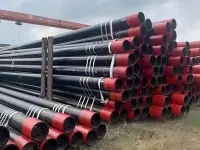
Well casing pipes are essential components used in various wellbores, including oil wells, gas wells, and water wells. These pipes are installed along the wellbore walls and serve critical functions such as supporting the well walls, isolating different geological strata, protecting well equipment, and preventing well wall collapse. Given the harsh underground environment, well casing pipes are exposed to numerous corrosion threats, including formation water, hydrogen sulfide, carbon dioxide, and other aggressive substances. Therefore, implementing effective anti-corrosion measures is crucial for ensuring the longevity and safety of the well casing pipes. Below are common methods used to combat corrosion in these pipes.
-
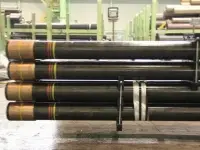
When it comes to the safe and efficient storage of petroleum casing, several critical precautions must be observed to ensure the integrity of the casing, the safety of personnel, and the prevention of environmental hazards. Here is an expanded list of precautions for stacking petroleum casing.
-
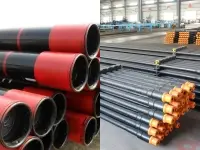
The distinction between oil casing and oil drill pipe can be summarized into two primary aspects: their respective applications and the materials they are made from.
-
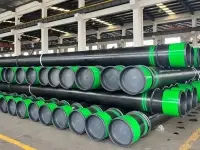
Casing pipe threads are essential for connecting sections of casing pipes securely and efficiently, ensuring a reliable seal and structural stability in underground applications like oil, gas, and water wells. Threaded connections on casing pipes must provide a tight fit to prevent leaks and withstand various operational pressures. Here’s an overview of the most common types of casing pipe threads and their applications.
-
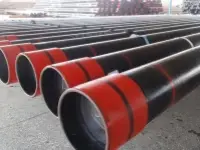
Casing pipes are essential for encasing and protecting various underground installations. These steel casings safeguard utility lines from environmental factors and potential damage from future construction activities, such as digging or drilling. Here, we explore the main applications of API 5CT casing pipes.
-
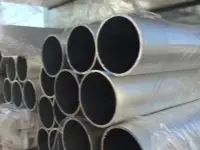
The United Arab Emirates (UAE) has become a significant player in the global steel tubing market, thanks to its robust construction sector and strategic investments in manufacturing. This guide provides an overview of steel tubing in the UAE, covering its types, applications, manufacturing processes, and market trends.
-
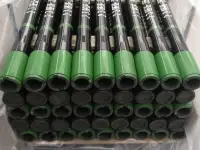
The OCTG (Oil Country Tubular Goods) pup joint is a versatile pipe component that can be cut to various lengths to create a casing string of the precise total length required for specific applications.Here's an overview of the OCTG pup joint.
-
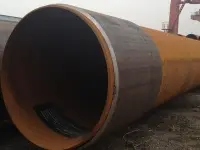
Piling pipes, essential in foundation engineering, are made from materials designed to endure varied geological and environmental conditions while providing robust support. Their applications range from enhancing load-bearing capacity to stabilizing soil layers, making them indispensable in construction and infrastructure projects. Below is an overview of the materials used in piling pipes and their specific functions.
-

When selecting casing pipes for wells that do not have stringent requirements for anti-corrosion or strength, grades J55 and K55 are popular choices. This article will highlight the differences between these two grades.
-
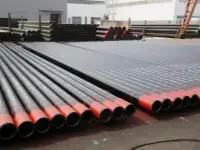
Electric Resistance Welded (ERW) oil casing is widely used in the oil and gas industry, primarily for the structural support of oil, gas, and water wells during drilling and completion operations. This article will briefly introduce ERW oil casing application and market analysis.
-
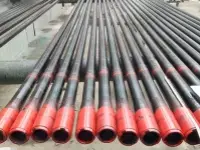
Oil casing pipes play a critical role in supporting the walls of oil, gas, and water wells, ensuring their stability after drilling and completion. They are essential for the normal operation of oil and gas wells. However, issues such as improper selection, poor quality, or mishandling during transportation, storage, and use can lead to casing damage. This, in turn, can reduce production rates or even cause wells to be abandoned, resulting in significant economic losses for oil and gas companies. So, how should one go about purchasing oil casing pipes?
-
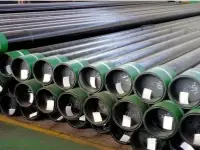
Here's an overview of the rules for the thread of casing pipe.
-
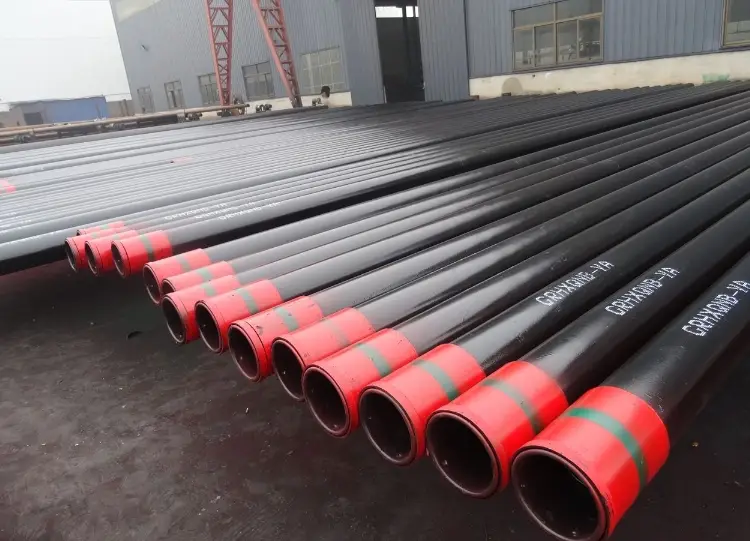
Oil casing pipe is considered a premium product in the steel pipe industry, with a wide variety of specifications. There are 15 different outer diameter sizes, ranging from 114.3mm to 508mm. The steel grades are categorized into 11 types, including J55, K55, N80, L-80, P-110, C-90, C-95, and T-95. Various end connection types are available for oil casing pipes, such as STC, LC, BC, and VAM. The production and installation process of oil casing pipes involves a series of rigorous tests, which include the following.
-
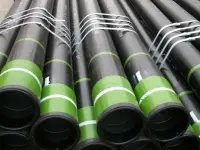
The welding of oil casings involves complex processes where even slight mechanical failures or inconsistencies can lead to issues such as the formation of short joints. A short joint in oil casing welding typically occurs due to factors like internal mechanical malfunctions, such as roller or shaft eccentricity, excessive welding power, or misalignment. These problems disrupt the welding process, resulting in defects that compromise the overall quality of the weld. Understanding these factors and how they affect the welding process is critical for producing high-quality oil casing joints.
-

The appearance quality of casing pipes is critical for ensuring their proper function and durability in demanding environments. The requirements focus on both the dimensions and surface conditions of the casing, ensuring safety, reliability, and longevity in use.
-
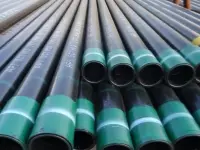
Here's an overview of the typical installation method and steps of oil well casing.
-
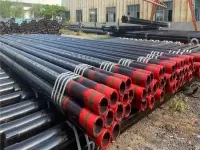
Offshore oil and gas exploitation presents a unique set of challenges due to the harsh conditions of the marine environment, including extreme temperatures, high pressure, and constant exposure to corrosive elements. As a result, the steel pipes used in these operations must meet stringent requirements to ensure safety, reliability, and long-term durability.
-
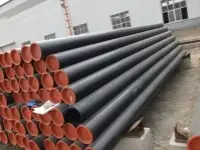
The API 5CT oil casing within an oil well must endure various stresses during its operation, and understanding these stresses is critical to ensuring the casing remains intact without deformation or cracking. To achieve this, the casing material and design must have sufficient strength to resist external forces, making stress analysis a key part of the process.
-
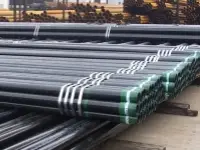
In recent years, a well-logging survey of a particular block project revealed that 45 wells, accounting for approximately 28.5% of the total, exhibited varying degrees of casing damage. This issue has shown a significant upward trend. The primary forms of damage include casing bending, shrinkage, faulting, rupture, and corrosion perforation, with casing shrinkage deformation and faulting being the most prevalent. The overall trend indicates that wells with casing damage tend to have a short production lifespan, and the damage typically occurs at greater depths.




















